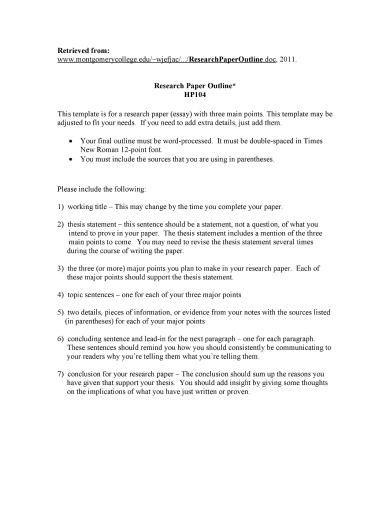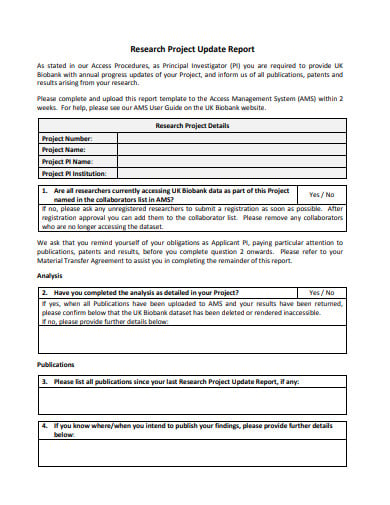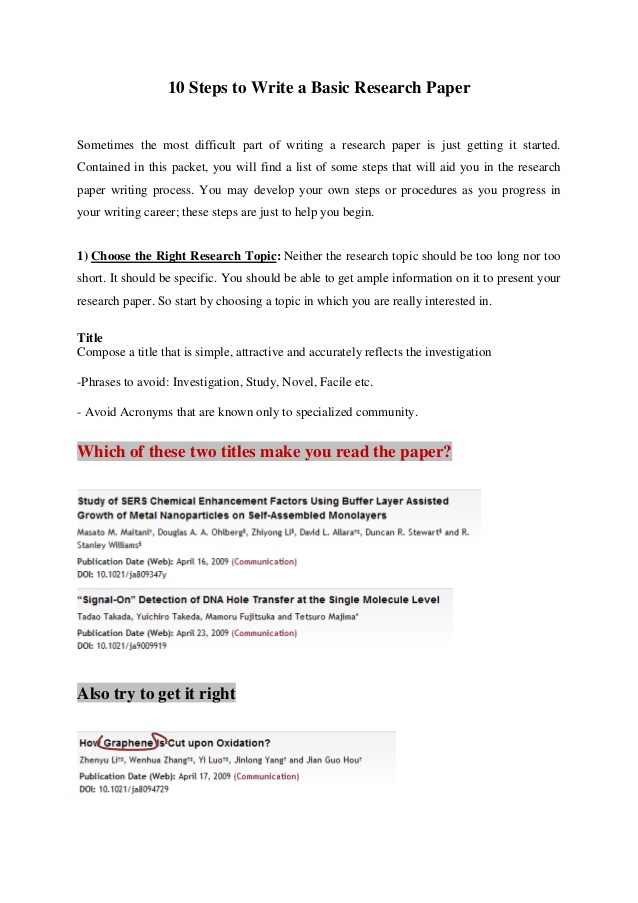Basic research is a type of scientific investigation that aims to increase our understanding of fundamental concepts in a particular field of study. This type of research is typically conducted in a laboratory or academic setting and is often funded by government agencies, such as the National Science Foundation (NSF) or the National Institutes of Health (NIH).
The format of basic research typically follows a set of steps that involve developing a research question, designing an experiment to test the question, collecting and analyzing data, and communicating the results. These steps are often referred to as the scientific method.
The first step in conducting basic research is to develop a research question. This involves identifying a topic of interest and formulating a specific question that can be answered through scientific investigation. For example, a researcher may be interested in studying the effects of a certain chemical on plant growth. In this case, the research question might be "Does chemical X stimulate or inhibit plant growth?"
Once a research question has been identified, the next step is to design an experiment to test the question. This involves creating a hypothesis, which is an educated guess about the expected outcome of the experiment. The hypothesis should be based on previous research and should be formulated in a way that can be tested through experimentation. For example, the hypothesis for the chemical X study might be "Chemical X stimulates plant growth."
After the hypothesis has been formulated, the next step is to conduct the experiment. This involves collecting data through observations and measurements, using appropriate controls to ensure the validity of the results, and analyzing the data to see if the hypothesis is supported or refuted. This step may involve multiple trials or replications to ensure the reliability of the results.
Once the experiment has been completed and the data has been analyzed, the next step is to communicate the results. This typically involves writing a scientific paper that describes the research question, hypothesis, methods, results, and conclusions. The paper is then submitted to a peer-reviewed journal, where it is evaluated by other scientists in the field to ensure the quality and validity of the research. If the paper is accepted, it is published in the journal, making the results available to the scientific community and the general public.
In conclusion, basic research is a vital part of the scientific process and is essential for advancing our understanding of the world around us. By following a specific format and utilizing the scientific method, researchers are able to test hypotheses and draw conclusions about their findings, which can have significant implications for a variety of fields, including biology, physics, chemistry, and more.









